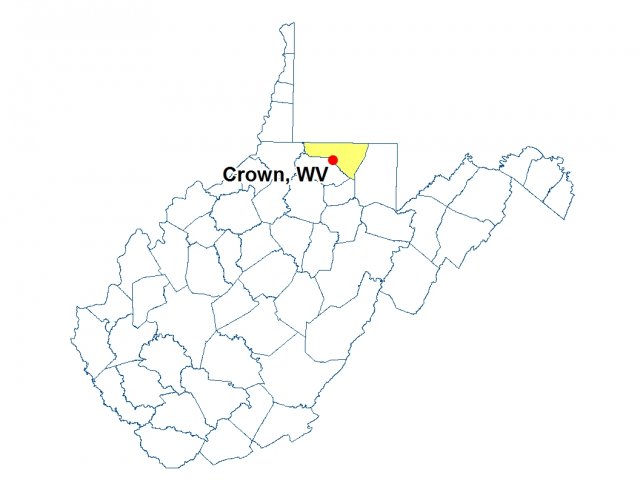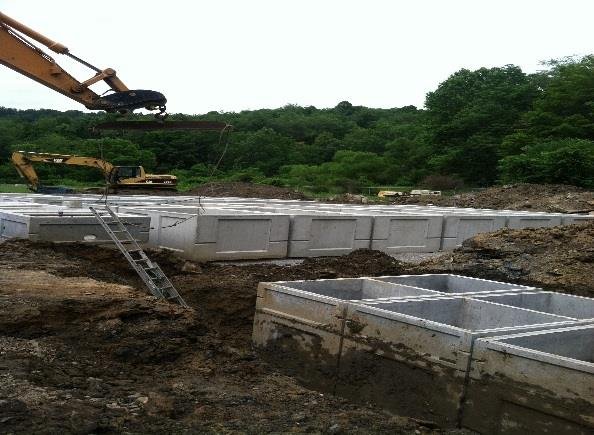Sewer Project Remedies ‘Third World’ Conditions
Stories of Progress in Achieving Healthy Waters
U.S. EPA Region 3 Water Protection Division
Crown, West Virginia • March 3, 2016
An EPA-funded project to process sewage from homes on a West Virginia hillside has resolved what a county health department report described as “Third World” conditions caused by failing or non-existent on-site systems to manage human waste.
More than 40 homes in a neighborhood of Crown, WV, are now tied to a common sewage collection and treatment system. For years, raw sewage from the homes had regularly ponded in yards and flowed into roadside ditches and nearby streams.
A report by the Monongalia County Health Department described the situation as a “public health crisis.”
“From the stench in the summer heat and humidity to the solids flowing through the street drainage ditches and back yards, the residences of this community are living in an atmosphere of continuous exposure to disease and unsanitary conditions that … parallel the sanitary conditions in Third World countries,” the report stated.
“The conditions were bad in the community,” said Eric Sherrard, project manager for the company that constructed the new system, Thrasher Engineering. “The unsanitary environment was noticeable during the design.”
The project included 4,400 Linear Feet (LF) of gravity sewer pipe, 550 LF of force main, 15 manholes, and a 12,000 gallons per day “package plant,” consisting of three 5,000 gallon community septic tanks discharging to 44 recirculating sand filters, with a drip irrigation sub-surface discharge.
The work was financed with $1.57 million from EPA’s Clean Water State Revolving Fund (CWSRF). The CWSRF funds were applied by the West Virginia Department of Environmental Protection as a “Green” Debt Forgiveness Grant from the West Virginia Water Pollution Control Revolving Fund. The Monongalia County Commission provided $10,000.
Jeremy King, director of the Greater Paw Paw Sanitary District, said his office checks on the site twice a week and a contractor pays weekly visits to ensure operations are running smoothly.

-
Sewer Project Remedies ‘Third World’ Conditions (pdf)
(538.28 KB, 03/03/2016)
An EPA-funded project to process sewage from homes on a West Virginia hillside has resolved what a county health department report described as “Third World” conditions caused by failing or non-existent on-site systems to manage human waste.

AT A GLANCE
-
Raw sewage that had flowed in yards, ditches and streams in a West Virginia community is now being properly treated.
-
The EPA Clean Water State Revolving Fund financed the project.
For additional information, contact:
Kimberly Scharl
Office of Infrastructure and Assistance
U.S. Environmental Protection Agency
Region 3 Water Protection Division
1650 Arch Street
Philadelphia, PA 19103
scharl.kimberly@epa.gov
Kathy Emery
West Virginia Department of Environmental Protection
Katheryn.d.emery@wv.gov
